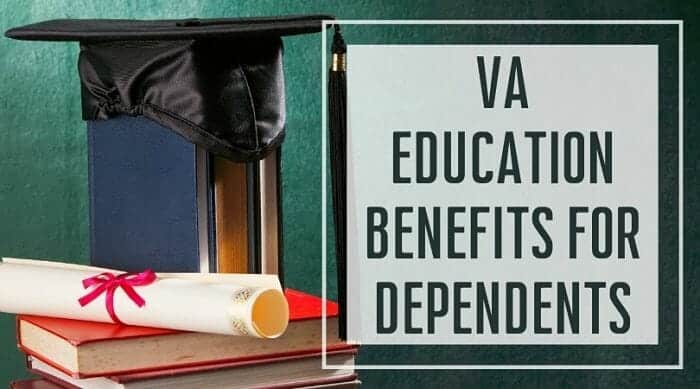Qualified Tuition Program (QTP)
Updated: December 24, 2022
Qualified Tuition Programs, also known as QTPs, allow people to set up accounts to prepay or contribute to an account used to save money to be used later on for college costs. QTPs are also referred to as Section 529 Plans and for tax purposes must be set up to be used with an “eligible educational institution”.
QTPs can be established by states, agencies, instrumentalities of states, and eligible educational institutions. Contributing to a QTP can be in the form of a savings plan or a pre-paid version.
The Internal Revenue Service official site says of QTPs, “A qualified tuition program (QTP), also referred to as a section 529 plan, is a program established and maintained by a state, or an agency or instrumentality of a state…Eligible educational institutions can also establish and maintain QTPs but only to allow prepaying a beneficiary’s qualified higher education expenses.”
IRS rules about these plans also say the QTP contributions are not permitted to exceed “the amount necessary to provide for the qualified higher education expenses of the beneficiary”.
Contributions to a QTP are not, at press time, allowed under IRS rules but you will need to consult a tax professional as tax laws are subject to frequent change.
QTP Savings Plans
Qualified Tuition Program savings plans offer options similar to a retirement account; mutual funds or money market funds are used for beneficiaries of any age. These accounts are subject to the same market forces as retirement accounts and there is no state guarantee for them.
QTP Prepaid Plans
These allow individuals to purchase units or credits for tuition. These must be bought at participating schools. Using a prepaid plan allows for locked-in tuition rates at prices current at the time of payment.
Prepaid plans may be guaranteed by the state (check with your local state government to determine if your state offers some form of a guarantee) and you may (or may not depending on the state) be required to establish a plan before the student reaches a certain grade or age range.
What Is An Eligible School?
Any college, university, or vocational school eligible to participate in a student aid program administered by the U.S. Department of Education is eligible for QTPs.
However, starting in 2018 eligible institutions also include elementary or secondary public, private, or religious schools. But there’s a caveat–distributions are limited to $10,000 towards tuition per beneficiary per year.
IRS.gov addresses this, adding “Qualified higher education expenses include tuition expenses in connection with a designated beneficiary’s enrollment or attendance at an elementary or secondary public, private, or religious school, i.e. kindergarten through grade 12, up to a total amount of $10,000 per year from all of the designated beneficiary’s QTPs.”
This may also include payment of expenses for fees, books, supplies, and equipment “required for the participation in an apprenticeship program registered and certified with the Secretary of Labor and qualified education loan repayments in limited amounts”.
Definition of Qualified Educational Expenses
Educational expenses can include tuition, books, fees, and other expenses (room and board excluded) which may include:
- Laboratory fees
- Student activity fees
- Transportation
- Supplies
- Technology fees
- “Impairment-related expenses” that can include prosthetic devices needed to operate school equipment
Benefits of Using A QTP
The Internal Revenue Service official site in 2021 posts the following information about the benefits of using a QTP:
- Earnings “accumulate tax free while in the account”
- The student “doesn’t generally” have to include the earnings from a QTP as income for federal income tax purposes
- QTP distributions “aren’t taxable when used to pay for qualified higher education”
- That said, in cases where the amount of a distribution is greater than the beneficiary’s qualified higher education expenses, “a portion of the earnings is taxable”
- Amounts can be withdrawn to pay principal or interest on a designated beneficiary’s or their sibling’s student loan
- The amount of distributions for loan repayments of any individual is set at $10,000 lifetime
Withdrawing Money Or Distributing Funds From A QTP
As you might have gathered from the above, using the funds in a QTP is not considered to be income, but rather the “conversion” of a resource.
Any QTP distribution may be interpreted as a gift. Such distribution of funds are excluded as income, but if you have questions about the tax implications of QTPs you should seek the advice of a tax professional.
One caveat; in cases where QTP money is spent on something other than approved expenses, the money may be considered income for tax purposes. This tax liability may occur either the month the money was spent or in the month the student decides not to use the money for education expenses.
Tax Notification
Those who get QTP distributions should get IRS Form 1099-Q. There should be an individual 1099-Q for each program the student gets funds from. In general these forms should be available by February of the current tax year.
Tax laws, and tax timelines, are subject to change so be sure to consult a tax professional to learn what the current year’s requirements, deadlines, and paperwork might be.



































































